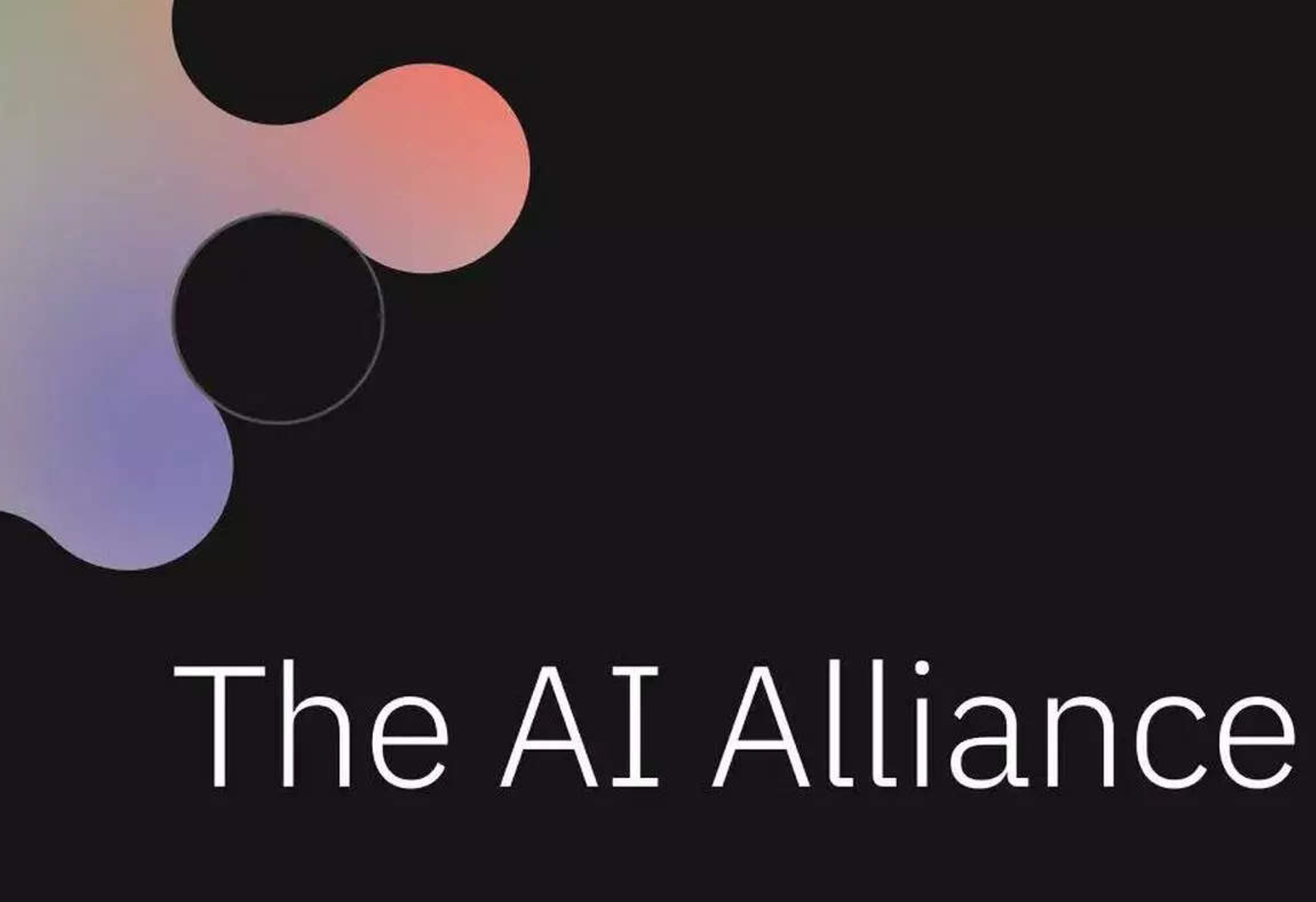Meta, the social network on an open source spree, has joined forces with IBM to establish the AI Alliance, an industry body dedicated to promoting “open innovation” and “open science” in the field of artificial intelligence. The AI Alliance aims to advance areas such as AI trust and validation metrics, infrastructure to support AI training, and open source AI models and frameworks. The Alliance will collaborate with existing initiatives from government, nonprofit, and civil society organizations working in the AI space.
Key Takeaway
The AI Alliance, formed by Meta and IBM, aims to foster open innovation and open science in artificial intelligence. By collaborating with existing initiatives and promoting collaboration among industry players, the Alliance seeks to accelerate responsible AI development while preventing monopolistic control of the field. The success of the AI Alliance hinges on its ability to overcome challenges and unify diverse stakeholders towards a common goal.
The AI Alliance: Complementary and Collaborative
The AI Alliance’s objective is not to duplicate the efforts of existing organizations, but rather to complement and build upon them. Its mission is to promote collaboration and information sharing to accelerate innovation and inclusivity in the AI community. By educating the public on critical AI issues and identifying and mitigating potential risks, the Alliance aims to prevent a future where AI development is monopolized by a few closed, proprietary companies.
Meta’s Strategic Intentions and the Ulterior Motives
The launch of the AI Alliance reveals Meta’s intention to expand its influence in the ongoing competition for AI mindshare. Meta’s commitment to open source AI has drawn criticism from tech giants like Google, OpenAI, and Microsoft, who argue that it may lead to dangerous and misleading applications. Interestingly, these companies are notably absent from the AI Alliance’s membership, despite being long-time members of the Partnership on AI. Meta’s partnership with IBM not only strengthens its position but also serves as a platform to showcase its generative AI capabilities.
IBM’s Motivation: A Path to Expanding Generative AI Dominance
IBM’s involvement in the AI Alliance stems from its desire to gain more exposure for its generative AI platform. While IBM’s recent earnings have been driven by enterprises’ interest in generative AI, the company faces fierce competition from Microsoft and OpenAI, who are jointly developing AI services directly competing with IBM’s offerings. IBM’s decision to join forces with Meta and establish the AI Alliance could be seen as a strategic move to actively participate in the growing AI landscape.
AI Alliance Membership and Challenges
The AI Alliance boasts an impressive roster of approximately 45 organizations, including key players like AMD, Intel, universities such as Yale and Imperial College London, and AI startups like Stability AI and Hugging Face. However, the absence of major industry players raises questions about the Alliance’s potential for success. Without clear objectives and deadlines, it remains to be seen whether the AI Alliance can overcome competing interests and create a united front. Time will reveal whether it becomes a groundbreaking success or succumbs to internal challenges and mistrust.

























